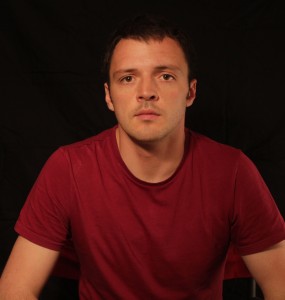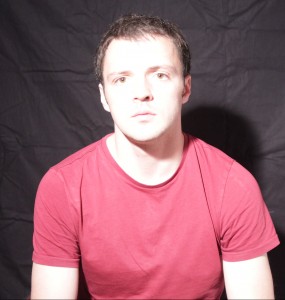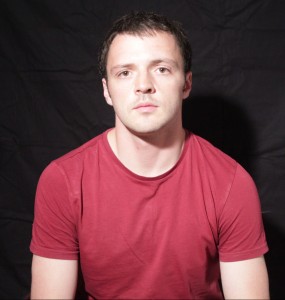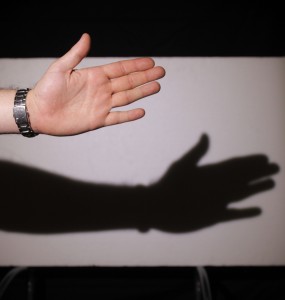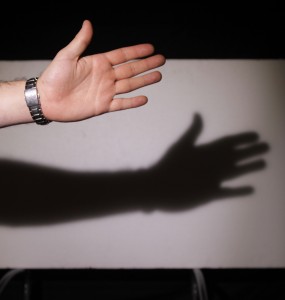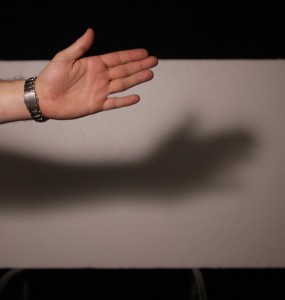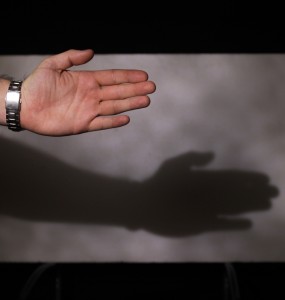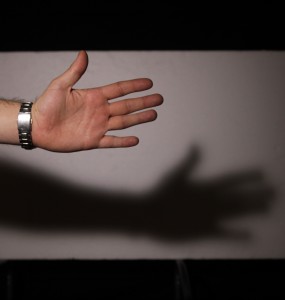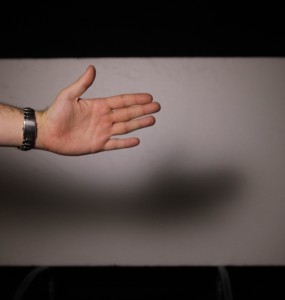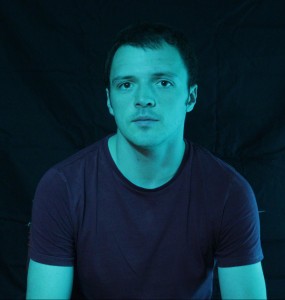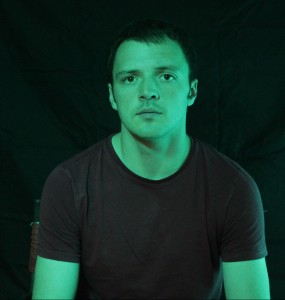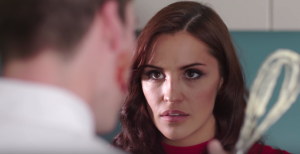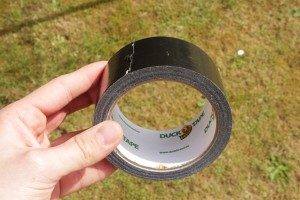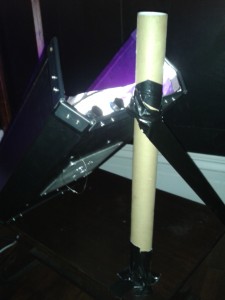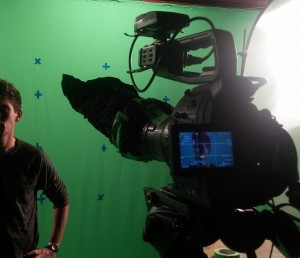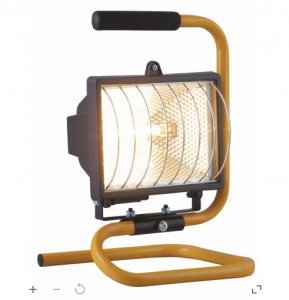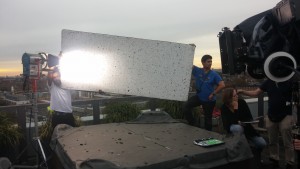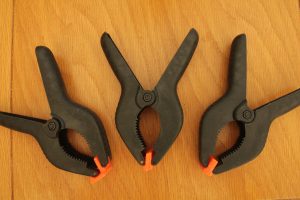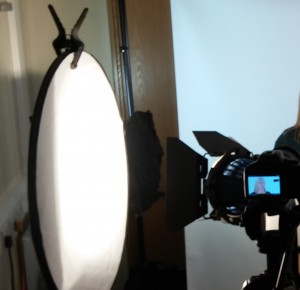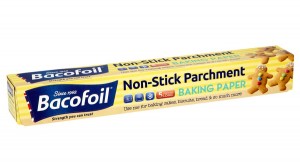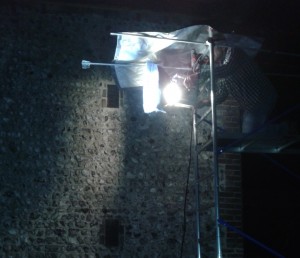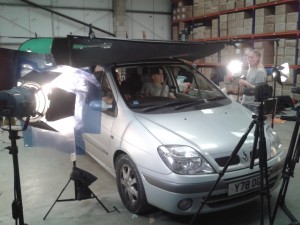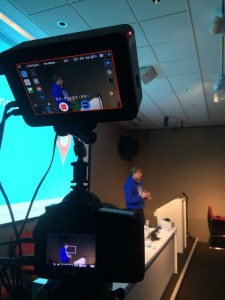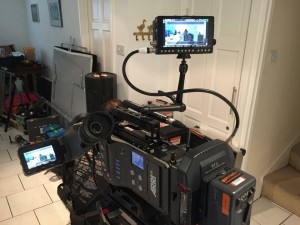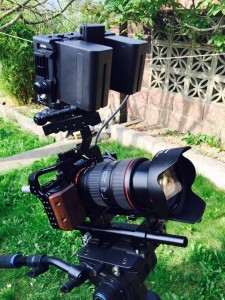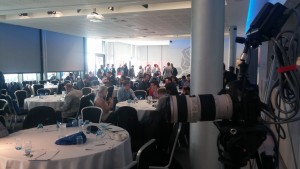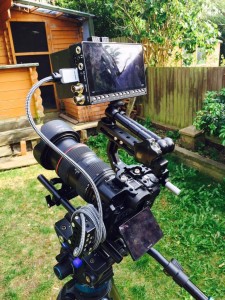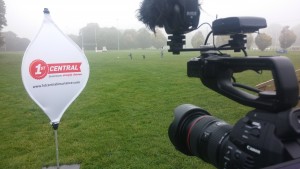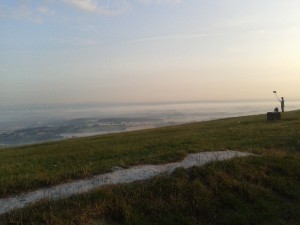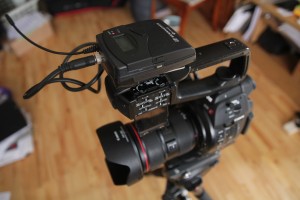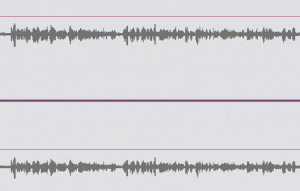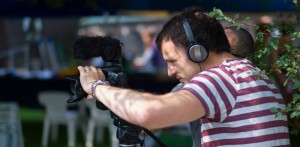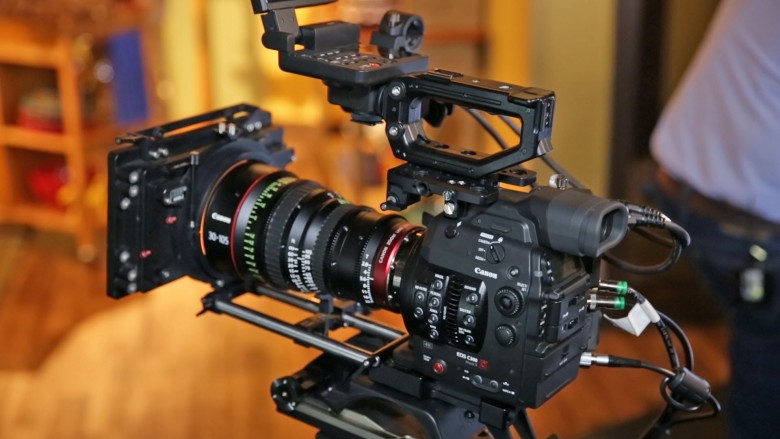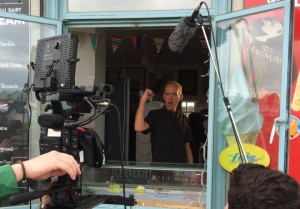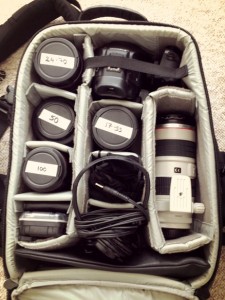How to prepare for your video interview
Whether you are preparing for your first ever interview on camera or you’ve been filmed a few times before, the prospect of being interviewed, for some, can be a little daunting. Even if you do know what to expect, the most confident and experienced of people can still find themselves stumbling as soon as the camera rolls. If you find yourself a little nervous that’s OK, you’re not alone. However, filming doesn’t have to be a strenuous task and with our guidance we’ll have you speaking confidently on camera in no time.
The purpose of this article is to give you a few quick tips about the filming process so that you don’t just leave your shoot with engaging material but you also enjoy the experience.
First things first: eyeline
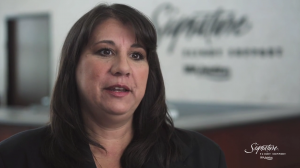 Most corporate, promotional and event video interviews are carried out with the interviewee looking away from the camera rather than into the lens. Unless you are delivering a presentation or presenting a show then this is usually the best way to do it. Without having to look down the lens your interview has already become much easier as you can look directly at the person asking the questions, whether that be the videographer or someone from your own organisation. This approach helps you to forget that the camera is even there. All that it’s really doing is documenting a conversation.
Most corporate, promotional and event video interviews are carried out with the interviewee looking away from the camera rather than into the lens. Unless you are delivering a presentation or presenting a show then this is usually the best way to do it. Without having to look down the lens your interview has already become much easier as you can look directly at the person asking the questions, whether that be the videographer or someone from your own organisation. This approach helps you to forget that the camera is even there. All that it’s really doing is documenting a conversation.
Talk about what you know
It should be safe to assume that you’re being interviewed about a subject that you’re highly knowledgeable about. You will probably be saying things that you regularly talk about in your day to day work. So if there are any questions you’re unsure about, speak up and let your videographer know. Some questions might be better for a colleague!
With these first two points you may find that the interview process is already much easier than you initially thought.
Full sentences please
Now this is where it g ets a little trickier. Although we should treat your interview as the “documenting of a conversation” the truth is for most promotional videos this conversation is actually going to be quite one sided. To keep up the pace of your video and deliver the crucial information, we need to cut out the interviewer’s questions so that we only hear you. To make this work, you’ll need to answer the questions in full sentences so that your answer still makes sense when the question is removed. This may involve you repeating the question in your answer.
ets a little trickier. Although we should treat your interview as the “documenting of a conversation” the truth is for most promotional videos this conversation is actually going to be quite one sided. To keep up the pace of your video and deliver the crucial information, we need to cut out the interviewer’s questions so that we only hear you. To make this work, you’ll need to answer the questions in full sentences so that your answer still makes sense when the question is removed. This may involve you repeating the question in your answer.
Here are some examples.
The incorrect method:
INTERVIEWER
Do you enjoy working in video production?
ME
Yes, I do.
This isn’t suitable because if we inserted this into a sequence nobody would know what I was saying yes to!
The correct method:
INTERVIEWER
Do you enjoy working in video production?
ME
I enjoy working in video production because it’s a fast moving industry. It can be competitive and challenging at times, but ultimately it’s very rewarding work.
This answer is much better. Notice how I’ve expanded on my original answer a little bit and as a result it is much more interesting.
Technical matters
There are a few other things to bear in mind before you start filming. If you’ve hired video professionals such as flycreative, you won’t need to worry about the technical side of things. That’s what we’re there for! However, it is good to have some awareness of what we will be doing so it doesn’t surprise you on the day.
We want you to look and sound your best. To achieve this and avoid a costly reshoot we aim to capture the best material possible whilst we’re there. From a technical standpoint there could be a number of reasons why we might need to stop, solve an issue and repeat the question again. Our lighting might need adjusting or our microphones may be picking up a loud conversation outside the room o r humming from the air con. We may ask you to repeat your answer but shorten it slightly, rephrase it to avoid repetition of certain words or allow a slightly bigger gap between the question and your answer so nobody is talking over each other. Sometimes it’s good just to have options when it comes to the edit. If your videographer does intervene, don’t worry, this is perfectly normal.
r humming from the air con. We may ask you to repeat your answer but shorten it slightly, rephrase it to avoid repetition of certain words or allow a slightly bigger gap between the question and your answer so nobody is talking over each other. Sometimes it’s good just to have options when it comes to the edit. If your videographer does intervene, don’t worry, this is perfectly normal.
Practice makes perfect
Because filming can require a bit of setup time, you can actually use this to your advantage. If you allow yourself enough time whilst the videographer is setting up you can actually practice what you’re going to say before the camera rolls. Even if they are operating alone and are asking the questions themselves, they will still need to test their audio levels, so this is your time to practice and to talk with them about your answers. You’ll soon feel at ease.
Example interviews
If you still need a bit of reassurance, why not see how others have done it? In our Signature Airlines promo we shot multiple interviews and achieved a fast paced, informative video through applying these techniques. It may not be obvious, but the majority of the people in this video had never been filmed before!
For the purposes of the edit (e.g. pacing) your full interview may not make it into the final video. This shouldn’t alarm you; usually there isn’t enough time to feature everything in a 3 minute video! Being concise and to the point is key and our Signature Airlines video demonstrates this perfectly.
Ready to do your interview?
Remember that the beauty of video production is that you can always stop and answer your question again. There’s no need to worry, even professional actors rarely nail it on the first take!
Now that you’re armed with these tips you can relax and go into your interview feeling like a pro.
To find out more about getting a professional video made for your business drop us a line today.





